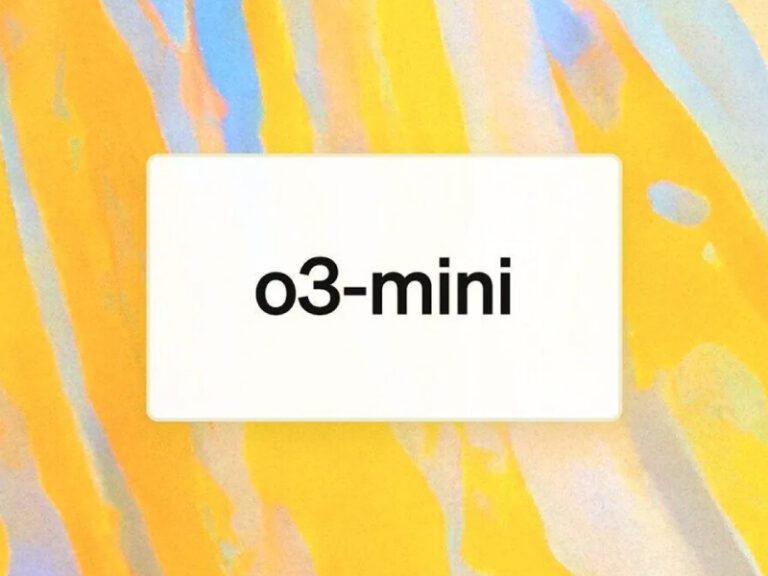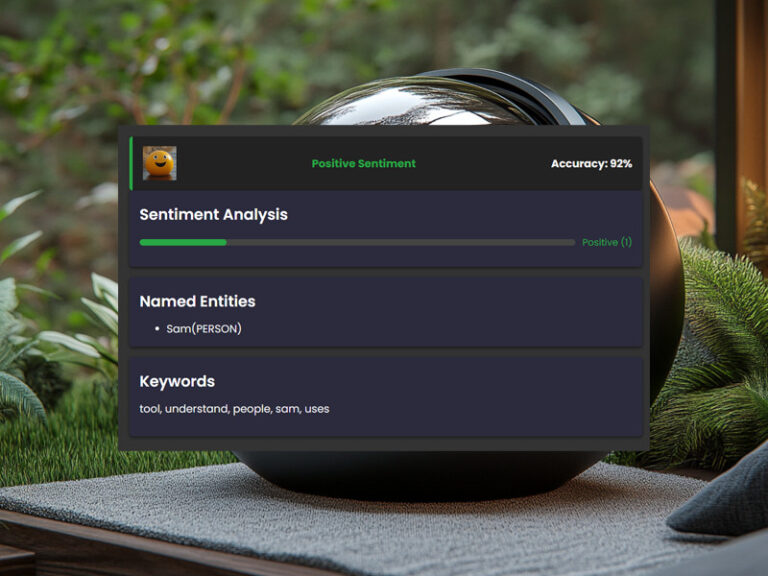Backlinks indicate to search engines that your website content is valuable and deserving of being ranked in the top ten of SERP, acting as virtual votes of confidence for your website.
However, only some backlinks equal high-quality content that genuinely deserves these positions.
While some try to cheat by buying backlinks if the backlinks are low-quality Toxic backlinks, it can have the reverse effect of what beneficial backlinks can achieve, degrading your online reputation and moving your website down the search engine results pages (SERPs).
We’ll be sure to give you the information and resources necessary to ensure that none of your published images or articles generate harmful backlinks to you in this thorough tutorial.
You’ll have a straightforward, step-by-step procedure by the end to safeguard your SEO from these wrong links and maintain a good search engine ranking for your website.
What Are Toxic Backlinks, and Why Should You Care?
Understanding the Concept of Toxic Backlinks
Backlinks originating from irrelevant, spammy, or low-quality websites are toxic backlinks.
These links can hurt your SEO performance because search engines see them adversely instead of increasing your website’s authority.
Imagine if a dubious, untrustworthy source suggests a well-known brand; you’d think twice about this brand in the future.
In the same way, search engines will feel the same about your website if dubious sources link to it.
The Dangers of Toxic Backlinks for Your Website
You might wonder, “What’s the big deal? It’s just a link.” Unfortunately, the presence of toxic backlinks can lead to severe consequences.
We wrote an article on the HypeX Digital Marketing website on the Puma brand, and it was there for a year or two.
It began to bring over 100 low-quality backlinks from spammy websites, which started drinking our website.
- Ranking Drops: Search engines like Google may penalise your site, causing your rankings to plummet.
- Reduced Traffic: Lower rankings mean less visibility, leading to a significant drop in organic traffic.
- Damage to Reputation: Being associated with spammy sites can harm your brand’s reputation.
- Risk of Manual Penalty: In extreme cases, Google may issue a manual penalty, prolonging recovery.
Toxic backlinks should not be taken lightly because even your competitors can use them to bring your website down if you are outranking them.
How Do You Identify Toxic Backlinks?
Tools to Detect Toxic Backlinks
The first step in protecting your site from toxic backlinks is identifying them. Thankfully, several tools at your disposal make this process easier:
- Google Search Console: Offers insights into your backlinks and can help you spot any suspicious activity.
- SEMrush: A comprehensive tool providing a toxic backlink score.
- Ahrefs: Allows you to analyse your backlink profile and identify harmful links.
- Moz Link Explorer: Helps you assess the quality of your backlinks.
These tools are invaluable for identifying toxic backlinks lurking in your profile. Fortunately, we have decades of experience doing this daily, so we can help you contact HypeX Digital if you need help.
Red Flags: What Makes a Backlink Toxic?
Now that you have the tools, what exactly should you look for? If you use SEMRush, you can filter toxic backlinks with a score of 60-100 and get them to a list to be uploaded to the disavow list.
Here are some common characteristics of poisonous backlinks.
- Low Domain Authority: Links from sites with low domain authority can harm your SEO.
- Irrelevant Content: It’s common knowledge to identify deceptive links from websites unrelated to your niche.
- Over-Optimised Anchor Text: Too many backlinks with the exact keyword-rich anchor text can look unnatural.
- Spammy Sites: Links from websites that appear to be directories with hundreds of links to random websites or ones that use spammy tactics, such as many advertisements or viruses.
- Link Farms: Links from websites solely selling backlinks are toxic.
The first step is to identify these red flags. Then, you must compile a list and proceed with the following steps.
Step-by-Step Process to Remove Toxic Backlinks?
Step 1: Perform a Comprehensive Backlink Audit
The first step in protecting your site from toxic backlinks is to perform a thorough audit. Using the tools mentioned earlier, analyse your backlink profile and identify suspicious or harmful links.
How to Conduct a Backlink Audit Using Google Search Console
- Access Google Search Console: Log in to your account and navigate to the ‘Links’ section.
- Export Your Backlinks: Download a list of all your backlinks for analysis.
- Identify Red Flags: Look for the red flags we discussed earlier—low domain authority and irrelevant content.
- Categories Links: Group your backlinks into ‘Safe’ and ‘Toxic’ categories for easier management.
Step 2: Reach Out to Website owners for Link Removal
Once you’ve identified toxic backlinks, the next step is to try to get them removed through the website owners. So, try contacting the web admins of the sites linking to you. While this approach may not always work, it’s worth a shot and can be highly effective.
Step 3: Disavow Toxic Backlinks Using Google’s Disavow Tool
If you cannot remove a toxic backlink, your next best option is to disavow it. Adding a website URL to the Disavow list tells Google to ignore these links when assessing your site’s credibility.
How to Use the Disavow Tool Effectively
- Create a Disavow File: List the URLs of the toxic backlinks in a .txt file.
- Submit the File: Upload your disavow file to Google’s Disavow Tool (https://search.google.com/search-console/disavow-links) or through the Google Search Console.
- Monitor Your Site: Please monitor your rankings and traffic to make sure the disavowal process has the desired effect.
Using the disavow tool is a powerful way to mitigate the impact of toxic backlinks.
How to Prevent Toxic Backlinks in the Future?
The short answer is that you can’t stop it but can lessen the effects by doing the abovementioned things. Also, ensure you do the following,
Building a Strong Backlink Profile
The best defence against toxic backlinks is a robust and healthy backlink profile. Here’s how you can build one:
- Focus on Quality Over Quantity: Aim for high-quality backlinks from reputable sites within your niche.
- Diversify Your Backlinks: Don’t rely on a single type of backlink; diversify your sources.
- Create Valuable Content: High-quality content naturally attracts quality backlinks.
Focusing on these strategies can reduce the likelihood of toxic backlinks creeping into your profile.
Why you should do Regular Backlink Audits?
Regularly auditing your backlinks is essential for maintaining a healthy SEO profile.
You must set a quarterly or monthly schedule depending on your site’s size and niche’s competitiveness.
For a digital marketing agency in Colombo, this could mean checking them every week.
Monitoring New Backlinks as They Appear
Keeping an eye on new backlinks as they appear can help you catch potentially toxic links before they become a problem. Most SEO tools offer real-time monitoring features that alert you to new backlinks.
Can Toxic Backlinks Be Linked to Your Images or Articles?
What are the risks of image backlinks?
Toxic backlinks can indeed be attracted to photos. For instance, your SEO may suffer if a picture from your website is posted with a backlink on a spammy or low-quality website.
Either avoid hotlinking (which has its problems), then disavow, or take the following steps to safeguard your website.
- Use Watermarks: This can discourage low-quality sites from using your images.
- Monitor Image Usage: Use tools like Google Images to track where your images are used online.
- Disavow Toxic Image Backlinks: If you find an image backlink from a toxic site, consider disavowing it.
While we’re talking about backlinks, I want to share a funny tale I heard once. This humorous story involves criminal activity, but the criminals could get away with it because the offender and victim were so far apart.
Reputable hospitality service providers copied an international conglomerate’s entire website and changed the copy and logo to suit their requirements.
However, they neglected to remove the pixel tracker, which made the original owners realise they were getting traffic from a domain they don’t own.
The client wanted a comparable concept, so the Sri Lankan web design and development company created or rather, copied exactly what they were told.
This is why you must find a reputed digital marketing and web design agency that fits your values.
Why you shouldn’t use AI Articles and Duplicate Content?
Your SEO may need improvement if your article is replicated from another article or linked to a subpar website. Using ChatGPT, Perplexity, or Gemini to create content for your website will no longer work for you.
Artificial intelligence (AI) content that is too polished can be detected by search engines and will no longer benefit you in the same way as it did before the middle of 2023.
AI-generated material is ranked low quality in the new Google search engine updates.
The best thing is to read, understand, and write yourself with the help of AI tools to formulate your content clearly without getting it to do the whole thing.
- Using Plagiarism Checkers: Regularly check if your content has been duplicated elsewhere.
- Filing DMCA Complaints: If your content is copied without permission, file a DMCA complaint to have it removed.
- Disavow Links: As with image backlinks, disavow any harmful links from duplicate content.
How to Recover from the Impact of Toxic Backlinks
It will undoubtedly take some time, but you can speed it up if you work at it consistently.
You can go back and edit previously published information and have it verified by an AI detector if you have made mistakes.
We have taken websites that are ranked on the 60th page of Google to the 1st page in one month and in generally it can take 6 to 12 months to be ranked in the top 3 for the search term you target.
Monitoring Your SEO After Addressing Toxic Backlinks
After taking action against toxic backlinks, it is crucial to monitor your SEO performance to ensure your efforts are working.
Watch your rankings and traffic over the next few weeks, if you are on the right track your ranking must improve.
Tweaking Your SEO Strategy for Better Results
If your site bounces back slower than expected, you may need to tweak your SEO strategy. Consider these steps to do it.
- Improve On-Page SEO: Improve your on-page SEO by optimising your content, meta tags, and internal links. RedoRedo the Titles and headings to revise the content by updating them.
- Increase Quality Backlinks: Focus on acquiring more high-quality backlinks to offset the impact of the toxic ones.
- Update and Refresh Content: Regularly updating your content can help boost your rankings.
Why is it important to be patient in SEO Recovery?
Remember, SEO recovery takes time. Even after removing or disavowing toxic backlinks, your rankings may take weeks or months to stabilise. Stay patient and keep refining your strategy. Never give up!
Conclusion
Toxic backlinks can pose a significant threat to your website’s SEO, but following the steps outlined in this guide can effectively identify, remove, and prevent these harmful links.
Regular monitoring, proactive backlink audits, and a focus on quality will keep your SEO healthy and your rankings strong.
Safeguarding your website against toxic backlinks isn’t just a one-time task; it’s an ongoing commitment to maintaining your site’s integrity and authority.
Take the time to protect your hard-earned SEO, and you’ll see the long-term benefits in higher rankings and increased traffic.
FAQs
What are toxic backlinks? Toxic backlinks are links from low-quality, irrelevant, or spammy websites that can harm your website’s SEO and cause it to rank lower on search engines.
How can I remove toxic backlinks? You can remove poisonous backlinks by contacting the web admins of the sites linked to you and requesting their removal or using Google’s Disavow Tool to disavow them.
Can toxic backlinks affect my website’s reputation? Yes, poisonous backlinks can damage your website’s reputation by associating it with low-quality or spammy sites, which can result in penalties from search engines.
How often should I audit my backlinks? It’s recommended to audit your backlinks at least once a quarter or more frequently if you’re in a competitive niche or have noticed changes in your rankings.
Can images on my site attract toxic backlinks? Yes, if images from your site are shared on low-quality sites with backlinks, it can harm your SEO. Monitoring image usage and disavowing harmful links can mitigate this risk.









